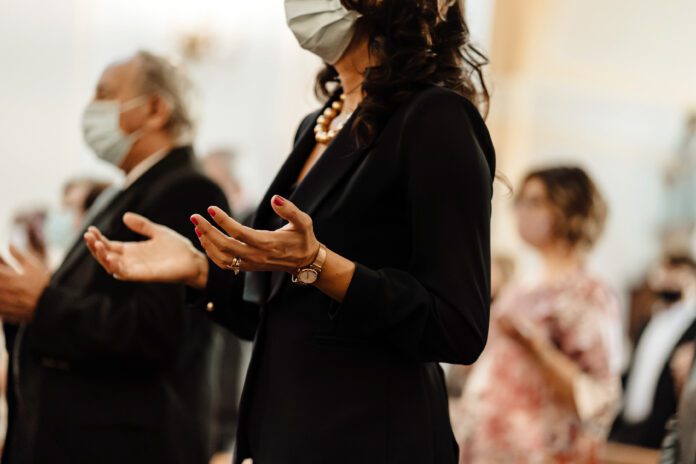“We’re asking rural churches to be more like large and suburban churches and they’re not designed to be,” said Stanton, author of ” Reclaiming Rural:Building Thriving Rural Congregations.”
Measures taken by larger churches, such as increasing the number of small groups or attracting more youth, may not be feasible in these communities, Stanton said. But these congregations can still hold their own, with part-time leaders or volunteers.
However, the FACT survey finds it’s midsize churches with an attendance of 100 to 250 that have declined the most precipitously — the median decline was 12%.
“These congregations were built in the post-World War II era,” said Thumma. “They’re struggling to have enough staff to satisfy everybody. And they don’t have all the programs of larger churches.”
Congregations with 1,500 people in attendance were best able to avoid decline; 71% of those large churches grew over the past five years. That may suggest many people are abandoning midsized congregations for megachurches that have full-time clergy, greater financial and physical resources and a diversity of ages and races among members.
One bright spot in the study: Congregations are becoming more racially diverse. In 2000 only 12% of congregations were multiracial. In the latest survey, the figure climbed to 25%.
The survey defined multiracial congregations as those where 20% or more of participants are not part of the dominant racial group.
Many researchers are now investigating if racial diversity also equals integration in relationships — or if people are simply attending church together. Previous research has also found increased diversity is one-directional.
“It’s still in the direction of predominantly white churches becoming less predominantly white, said Chaves. “It’s very little in the other direction. There’s not a big increase in diversity in predominantly Black churches.”
This article originally appeared here.

